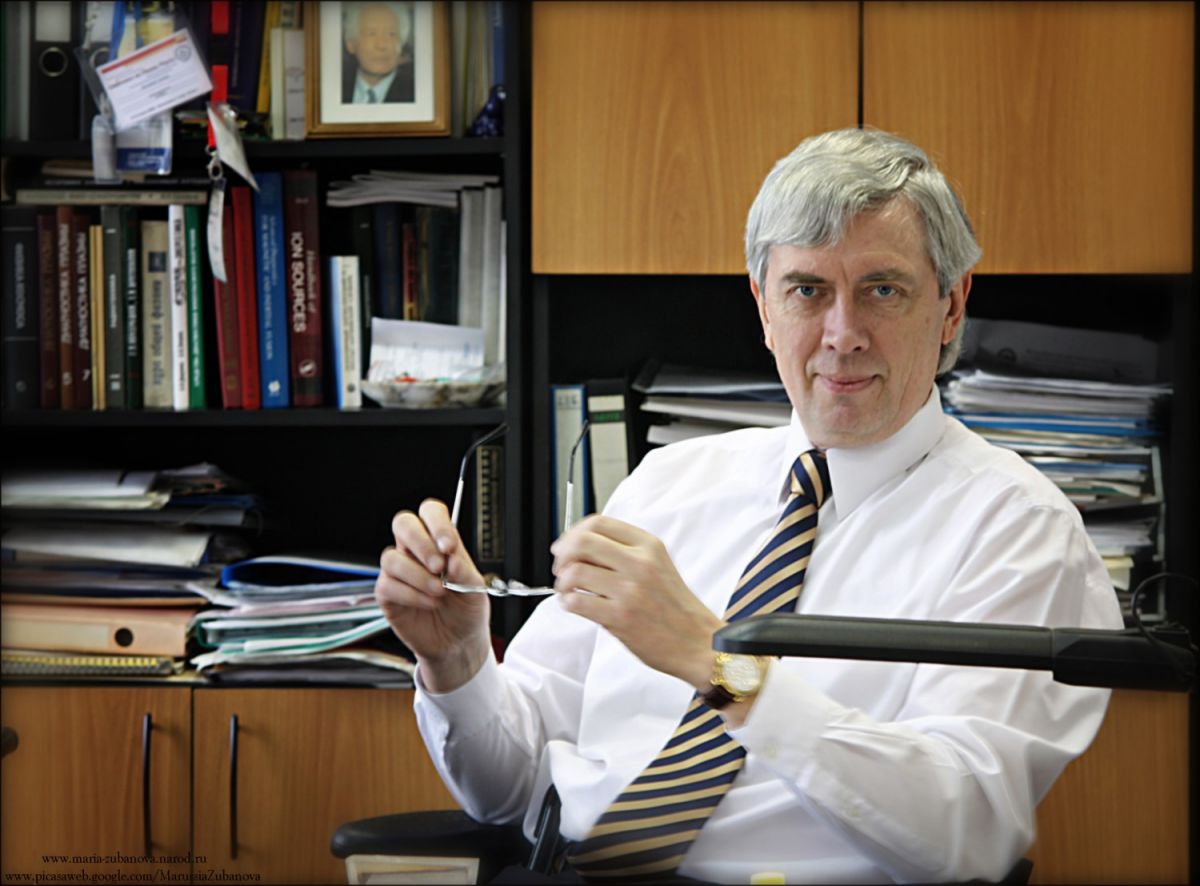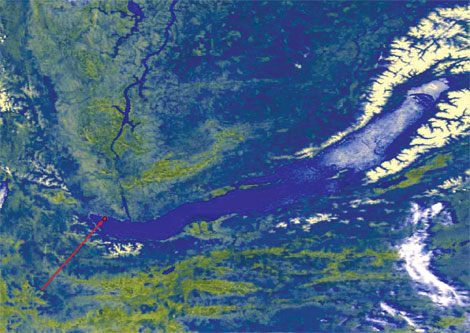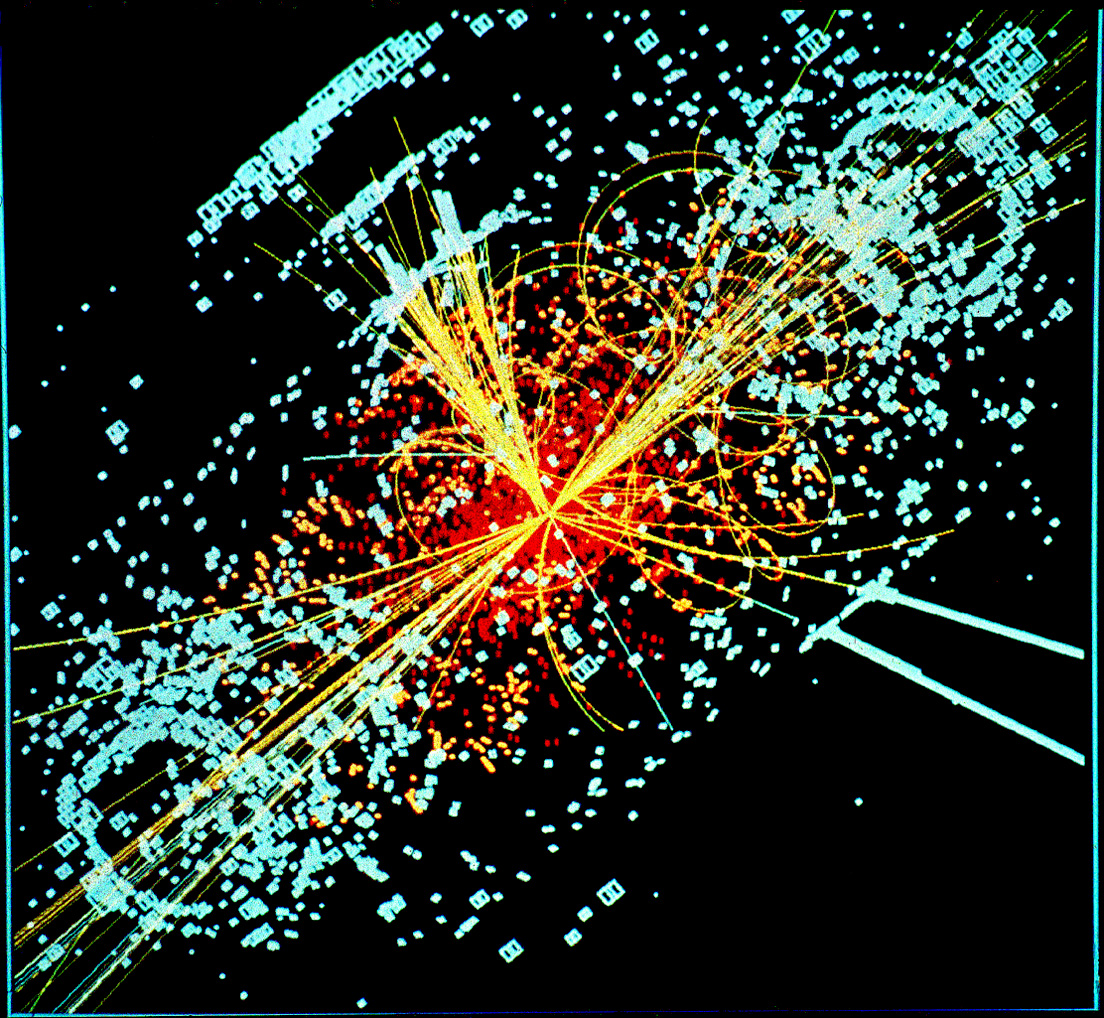Science with and without “mega”: interview with B. Sharkov
Interview, 19 July 2019
Vice-Director of the Joint Institute for Nuclear Research (JINR), RAS Academician Boris Sharkov told what is happening in the “Russian CERN”, what lies in store for particle physics, and what problems mega-science projects around the world face.
“What is the Joint Institute for Nuclear Resaerch engaged in nowadays? What are your priorities?”
“JINR is an international intergovernmental organization with a very powerful theoretical and experimental basis. International status considerably influences all the activities of the organization. 18 Member States and 6 Associate Members jointly draft the scientific programme. We take into account inquiries for creation of particular facilities and holding of experiments and fundamental research.
It is not a secret that JINR is implementing the NICA project nowadays. It is the most advanced in its development stage mega-science project in Russia. At the end of 2022, we are going to launch work with heavy ions. The construction of the NICA collider is our first priority.
In addition to this ambitious task, JINR implements a wide scientific programme that covers classical nuclear physics, condensed matter physics, particle physics. Moreover, a wide range of cyclotrons operates in JINR. Fundamental tasks of the synthesis of superheavy elements Dubna is famous for in the world is carried out here. A new cyclotron DC-280 that is the basis of the Superheavy Elements Factory has been recently brought into operation.
The unique research reactor IBR-2 (a pulsed fast reactor) operates in Dubna. It is the European international centre for collective use. Nowadays, much attention is paid to radiobiology. It is a promising field that can be applied to nuclear medicine and is in demand among our partners. This wide scientific programme defines our priorities.
Furthermore, we are preparing a long-range plan for JINR and actively work on the drafting of the Strategy of the Institute’s Development. We realize that we should think of what will happen after the launch of the NICA collider and that it is necessary to prepare the infrastructure for future research and staff for it now.”
“What world projects on particle physics deserve attention?”
“LHC with no doubts, as well as plans for its development and transformation into the collider with superhigh luminosity, i.e. High Luminosity LHC. It is a wonderful international project in which JINR and the whole high energy physics society of Russia, including scientists from the Budker Institute of Nuclear Physics, take a very active part.
 JINR Vice-Director, RAS Academician Boris Sharkov © Photo supplied by B. Sharkov
JINR Vice-Director, RAS Academician Boris Sharkov © Photo supplied by B. Sharkov
I think that the Fermilab project “DUNE”, aimed to study neutrino, has immense scientific potential. It is fascinating that Japan and China develop particle physics. Moreover, China even intends to implement a project of a hadron collider of a new generation with a 100-kilometre long tunnel. This country develops the field of high energy physics unbelievably fast.
As for Russia, I would like to highlight the project of the electron-positron collider of the Super c-tau Factory proposed by the Institute of Nuclear Physics SB RAS. I hope that its implementation will be soon launched because this project is very promising.
There are applied projects as well. For example, sources of synchrotron radiation ISSI-4 in Protvino and the SKIF facility in Novosibirsk. They will provide the development of not only fundamental but applied research on biology, medicine, and material sciences as well.
As for astrophysics, I would like to note the development of the neutrino telescope “Baikal” (GVD-Baikal). JINR participates in its implementation. It is a large-scale project, and I am sure it will give results that jointly with observations of gravitational waves and other cosmic phenomena will become parts of a so-called “multimessenger”, i.e. will give a general overview of processes in astrophysical objects.”
“How much it will take to obtain such results?”
“The “Baikal” facility consists of eight clusters five of which have been already installed in the lake. They have already started to measure cosmic particles with fantastic energies, more than 100 TeV.”
 Location of the future neutrino telescope “Baikal”
Location of the future neutrino telescope “Baikal”
“Why is it crucial to develop mega-science projects in your own state?”
“Basing on my experience of work on the FAIR project (Centre for Antiproton and Ion Research, Germany), each mega-science project attracts a large number of talented and inquisitive specialists. It is a mecca for numerous postgraduates many of whom then stick their lives to science. However, the most important thing is that the boundary demands to high technologies are imposed on mega-science project. So, they inevitably become catalyzers of the development of the country.
Talented physicists concentrate where interesting tasks may be posed. The European Union established CERN, and now it is a world-leading laboratory for the study of particle physics. Everyone wants to work there! I think that there should be a balance between work abroad and in a native country. If there are no interesting facilities at home, it is necessary to take part in foreign projects to keep the qualification valid. However, it would be great if our scientists would not be on standby and would take leading positions in particular experiments and international collaborations.
By the way, the Chinese government carries out an active, I would say even aggressive, policy in the scientific field. They construct a large number of large-scale facilities with a view to attract talented scientists from other countries.”
“Does it work?”
“Yes, it starts to work. The Institute in Lanzhou, where the heavy ion accelerator has been constructed, has won the leading positions in terms of particular technologies. They have considerably advanced accelerator technology for just 15 years. China has many similar examples.”
“What challenges may be faced in administration of large-scale scientific projects?”
“Everyone has his own challenges. Firstly, bureaucracy. Secondly, underestimation of the real cost of the infrastructure at the first stages of implementation, and its permanent growth. It happens because mega-science projects are unique and there cannot be a ready pattern basing on which it is possible to estimate the project’s cost precisely. That is why the design and construction are not carried out in time and in the allotted budget as a rule.
It is a “disease” of all such projects, with no exceptions, even including such perfect ones as LHC and XFEL. Nevertheless, all these challenges may be overcome. It is crucial to understand that any contributions to science are the wisest and the most useful investments to society and the country. Expenses for scientific projects are much smaller than for the defence. Any aircraft carrier costs ten times much than a physical facility of the same scale.”
“What are the reasons for young people to connect their lives with science?”
“The most important one is that the life of a scientist is very fascinating, dynamic, and connected with the artistic euphoria. Those who have experienced it can call themselves happy. Work of a scientist gives an opportunity for the exchange of opinions, contacts with prominent scientists of our time. And all this together is priceless. Moreover, our profession includes lots of travelling and subsequently many friends around the world. When I proposed to my wife, I told her that she would not be rich but her life would be amazing. It seems to me that she does not regret.”
“Why does science needs “mega”? Can scientists conduct their research at small facilities?”
“Correct question. I believe that both fields should be developed equally in the country. For example, there is the Max Planck Society in Germany that includes small institutes engaged in fundamental science at small facilities. It does not prevent them to obtain a lot of Nobel prizes.
Moreover, there is the Helmholtz Association in Germany members of which are large-scale national laboratories. They create and develop large-scale facilities, i.e. research reactors, vessels for the Arctic exploring, large accelerators. This is the mega-science infrastructure.
Thus, both fields exist in harmony in Germany. Their financing is equal and includes several billions of euro per year. Moreover, the Ministry of Science of Germany supports universities and provide an opportunity to get grants for conducting research in large-scale national centres. Thus, the system well operates and provides a permanent flow of the talented youth joining mega-science. I would say that mega-science and small scientific teams are two sides of one medal.”
“What peculiarities do we have?”
“We have the Academy of Sciences that includes small but strong scientific institutes, for instance, the Lebedev Physical Institute. It does not have its own large-scale facilities but it has considerable scientific potential. This Institute gave us a lot of Nobel prize holders. In my opinion, some RAS institutes altogether may be the analogue of the Max Planck Institute.”
“What recent event of high energy physics is the brightest in your opinion?”
“Discovery of the God’s particle, i.e. the Higgs boson. It is a truly outstanding achievement of modern physics, very bright and significant, as far as it is the last constituent of the Standard Model. The event impresses me the most and takes my breath away is the discovery of gravitational waves that coincided with the observation of the neutron stars merger through the electromagnetic radiation. It means that it has become a so-called multimessenger, a complex scientific event.
 Model demonstrating the production of the Higgs boson in the interaction of two protons © Lucas Taylor / CERN
Model demonstrating the production of the Higgs boson in the interaction of two protons © Lucas Taylor / CERN
It is fascinating that physicists are able to identify and understand such remote from us events, up to the precise measurement of neutron star merger and black holes. It will be great if our colleagues working on the neutrino telescope at lake Baikal make their contribution to this multimessenger.”
“What tasks lie ahead of high energy physics?”
“Numerous interesting phenomena has not been discovered yet. There are several ambitious projects for it, for example, High Luminosity LHC I have mentioned before. There is also the future collider FCC actively discussed nowadays. Several Higgs bosons are produced annually at LHC. If the factory of Higgs bosons is created on the FCC basis, it will allow scientists to make a breakthrough in physics and go beyond the Standard Model.
A higher energy and intensity of the new collider will provide an opportunity to step into the unexplored world and to understand the organization of the Universe more precisely. It will also allow us to understand what the dark matter is. So, we are in for a lot of fundamental tasks.”
Budker Institute of Nuclear Physics SB RAS,
interview was conducted by Head of the INP Press Office
Alla Skovorodina
Source: Naked Science